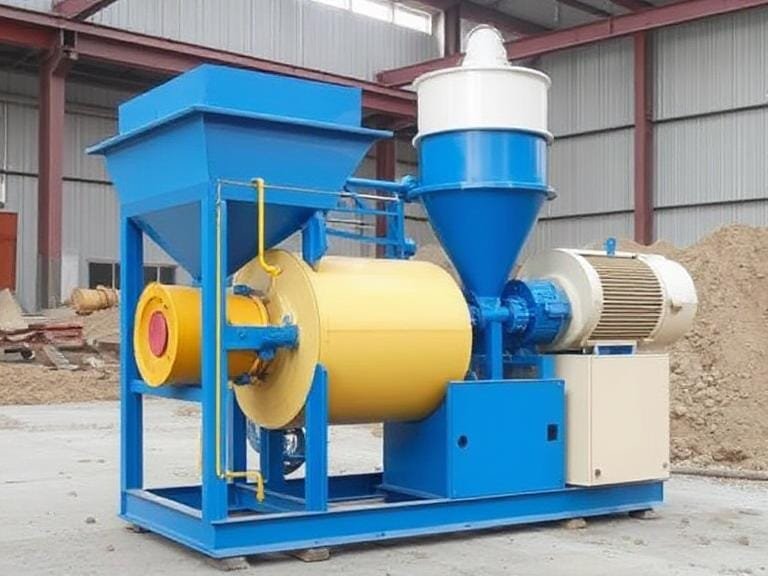3 Main Types of Minerals and Their Industrial Importance (2025 Guide)
Table of Contents Main Types of Minerals
Introduction to Main Types of Minerals
Minerals are the building blocks of the Earth’s crust and the foundation of modern industry. From metals in your smartphone to sand used in construction, minerals influence nearly every aspect of human life. Understanding the main types of minerals is essential for professionals in geology, mining, manufacturing, and environmental sciences.

This comprehensive guide explores the primary categories of minerals—metallic, non-metallic, and energy minerals—along with their properties, uses, and industrial significance. We’ll also highlight ORO Mineral Co., Ltd., a global leader in intelligent mineral processing and equipment manufacturing.
What Are Minerals?
A mineral is a naturally occurring inorganic substance with a definite chemical composition and crystalline structure. Minerals form through geological processes such as crystallization, evaporation, or metamorphism, and they are classified based on their chemical and physical properties.
According to geologists, over 5,000 minerals have been identified on Earth, but only a fraction are economically valuable or industrially significant.
Classification Main Types of Minerals
Minerals can be broadly classified into three main types:
- Metallic Minerals – Contain metals in raw form, usually extracted through smelting.
- Non-Metallic Minerals – Do not yield metals; used in construction, ceramics, and chemicals.
- Energy Minerals – Provide fuel for energy generation, like coal and uranium.
1. Metallic Minerals
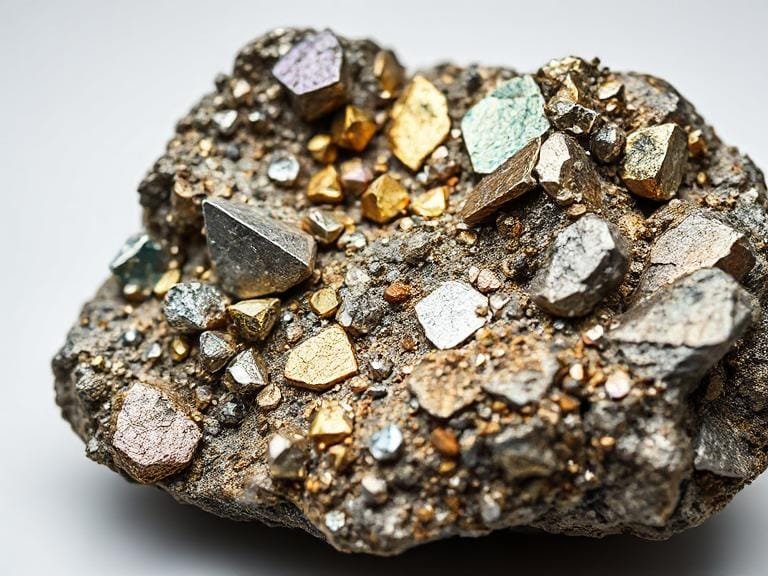
Metallic minerals are those which contain one or more metallic elements. These minerals are typically hard, lustrous, and good conductors of electricity and heat. They form the basis for industries like steel, aluminum, and electronics manufacturing.
Key Characteristics:
- High density and metallic luster
- Good conductivity of electricity and heat
- Can be melted and refined for metal extraction
Examples:
- Iron Ore (Hematite, Magnetite): Used in steel manufacturing.
- Copper (Chalcopyrite, Malachite): Essential for electrical wiring.
- Aluminum (Bauxite): Used in aircraft and packaging.
- Nickel, Zinc, Lead: Used in alloys and galvanization.
Industrial Importance:
Metallic minerals form the foundation of the metallurgical industry. They are critical for infrastructure, automobiles, machinery, and renewable energy technologies like wind turbines and solar panels.
2. Non-Metallic Minerals
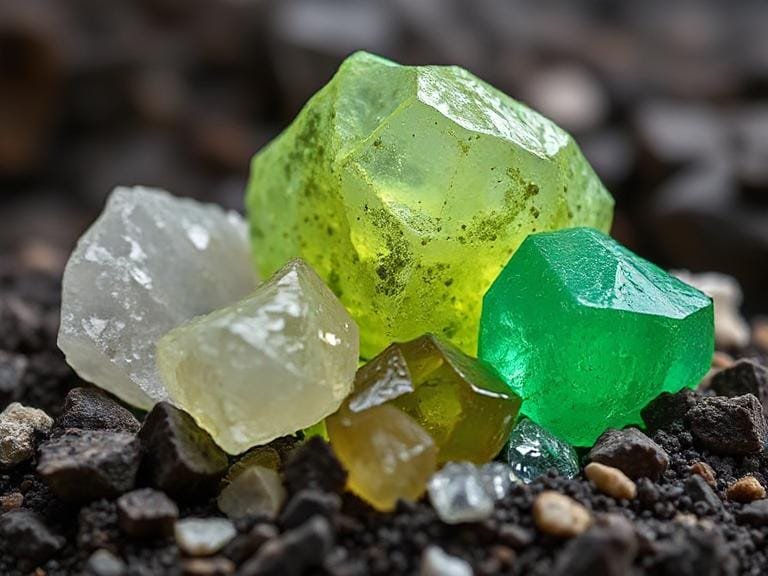
Non-metallic minerals are minerals that do not yield new products when melted. They are generally softer than metallic minerals and are used extensively in industries such as construction, ceramics, glass, and fertilizers.
Key Characteristics:
- No metallic luster; usually dull or glassy.
- Poor conductors of heat and electricity.
- Valuable for physical and chemical properties rather than metallic content.
Examples:
- Quartz: Used in glass manufacturing and electronics.
- Limestone: Essential in cement and steel industries.
- Gypsum: Used in plaster and drywall production.
- Mica and Feldspar: Used in ceramics and insulation materials.
Industrial Importance:
Non-metallic minerals are indispensable in everyday life—forming the base materials for buildings, electronics, and consumer goods. They are also crucial in environmental and chemical industries.
3. Energy Minerals
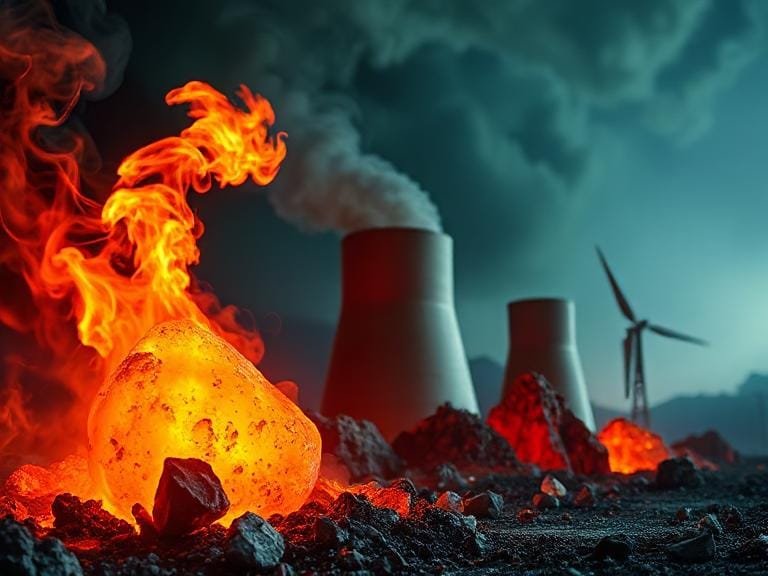
Energy minerals are used to generate energy, either through combustion or nuclear reactions. These resources drive industrial production, transportation, and electricity generation worldwide.
Key Characteristics:
- Serve as sources of heat and power.
- Can be renewable or non-renewable.
- Include fossil fuels and radioactive minerals.
Examples:
- Coal: Used for power generation and steelmaking.
- Petroleum and Natural Gas: Major global energy sources.
- Uranium: Fuel for nuclear power plants.
- Oil Shale and Tar Sands: Alternative hydrocarbon sources.
Industrial Importance:
Energy minerals fuel global economies. They power industries, transportation, and homes, while renewable energy research increasingly focuses on sustainable mineral resources.
Industrial Applications of Minerals
Minerals are the lifeblood of industrial economies. From raw material extraction to advanced manufacturing, they are central to technological and economic growth.
- Construction: Limestone, gypsum, and sand for concrete and building materials.
- Electronics: Copper, gold, and rare earth minerals for circuits and semiconductors.
- Automotive: Iron, aluminum, and nickel for body frames and engines.
- Energy Production: Coal, uranium, and lithium for fuel and storage.
About ORO Mineral Co., Ltd.
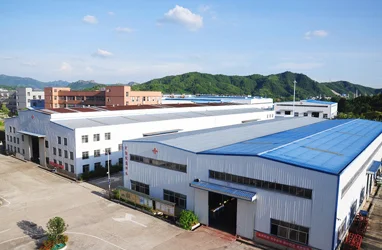
ORO Mineral Co., Ltd. is a large-scale intelligent mineral processing, screening, and sand washing equipment manufacturer integrating R&D, production, and sales. Since 2014, the company has made great contributions to mineral screening, solid waste recovery, beneficiation, washing, and separation, accumulating vast technical experience.
Our Mission:
ORO Mineral strives to provide innovative, efficient, and sustainable mineral processing solutions. The company continuously improves technology, develops new equipment, and enhances service quality to meet global industry demands.
Key Products:
- Sand Washing Machine 100 TPH Long Life
- Gravity Spiral Concentrator
- 1.1kw Belt Magnetic Separator
- Eddy Current Separator Machine
- Gravity Spiral Chute Separator
Advantages:
- Advanced R&D and manufacturing facilities.
- Customized mineral processing systems.
- High-efficiency, low-maintenance designs.
- Commitment to environmental sustainability and resource recovery.
Summary Table of Main Types of Minerals
| Type | Examples | Key Uses | Industries |
|---|---|---|---|
| Metallic Minerals | Iron, Copper, Aluminum, Nickel | Metal extraction, alloy production | Metallurgy, automotive, infrastructure |
| Non-Metallic Minerals | Quartz, Limestone, Gypsum, Mica | Ceramics, glass, construction | Construction, electronics, chemical |
| Energy Minerals | Coal, Petroleum, Uranium | Fuel and energy generation | Power, transport, nuclear |
Frequently Asked Questions (FAQs)
1. What are the main categories of minerals?
The main types are metallic, non-metallic, and energy minerals, classified by their composition and industrial use.
2. Which industries rely most on minerals?
Key industries include construction, manufacturing, energy, and electronics.
3. How does ORO Mineral contribute to mineral processing?
ORO Mineral Co., Ltd. provides advanced mineral processing and sand washing equipment that improves efficiency and sustainability in mineral recovery operations.
4. Are minerals renewable?
No, most minerals are non-renewable resources, but efficient recycling and waste recovery can extend their lifespan.
5. What is the most commonly used mineral globally?
Iron ore is among the most commonly used minerals, followed by sand and limestone.

